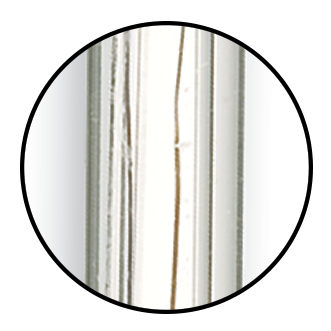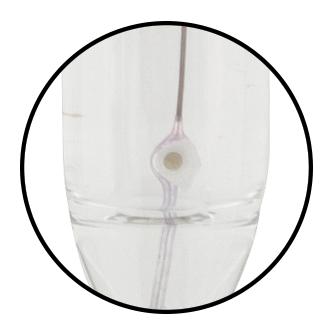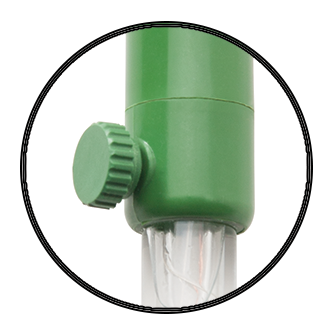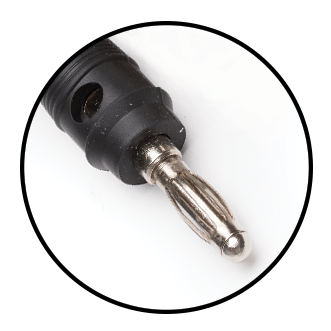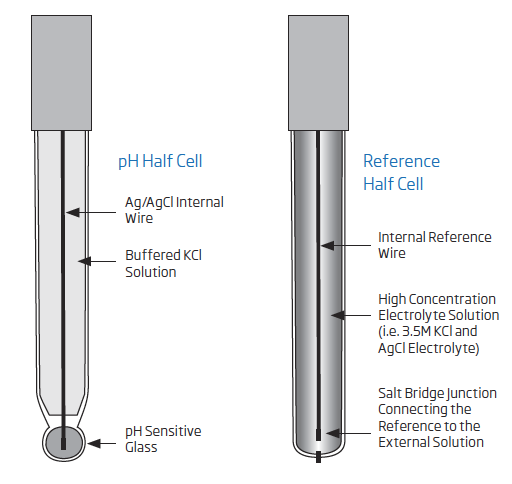Hanna Instruments offers a wide variety of pH electrodes that are designed for many different applications. The type of glass used, body material, type of junction, type of reference and electrolyte used are just some of the design considerations.
The HI5311 uses a glass body, single ceramic junction and is refillable with 3.5M KCl.
Glass Body
The glass body is ideal for laboratory use. The glass is resistant to many harsh chemicals and is easily cleaned. The glass body also allows for a fast transfer of heat to the internal reference electrolyte. The mV generated by the reference cell is temperature dependent. The faster the equilibrium the steadier the reference potential.
Single Ceramic Outer Junction
The outer junction of an electrode, also known as a salt bridge, is necessary component of the electrical circuit. The movement of ions must flow through the junction for a steady reading. The outer reference has a single ceramic frit. The ceramic is a porous material that is easily fused with the glass body and has a similar expansion coefficient. A single ceramic junction has a flow rate of 15-20 μL/hour. Other junction types are available with higher flow rates and made with different materials.
Refillable
The HI5311 is a refillable reference electrode. Since it is a double junction electrode the fill solution is the HI7082 3.5M KCl. This solution does not contain any silver as with single junction electrode. The absence of silver will prevent any silver precipitate from forming at the junction surface and clogging it. Clogging of the junction will result in drifty and erratic readings.
4 mm Connector
The HI5311 uses a 4 mm banana connector. This type of connector is easily plugged into the reference input on suitable meters. Other type of connectors include BNC, DIN, screw type, T-type, and 3.5mm to name a few. These types of connectors tend to be proprietary for a particular type of meter and are not interchangeable.
Purchase & Shipping
All prices are inclusive of GST and not all items are stock items, if you require an immediate solution please send an email to sales@hannainst.com.au or call us on (03) 9769 0666.
Free standard delivery: We offer free delivery within Australia on orders over $150, typically arriving within 5 to 7 days. Delivery times may vary depending on the courier service and the recipient's location. Free shipping is not available with other offers or discounts.
Same-day despatch: Place your order before 1 PM Monday to Friday for same-day despatch (leaves our warehouse). Delivery times may vary depending on the courier service and the recipient's location. Subject to stock availability.
Please note that we do not offer shipping to PO Box addresses.

